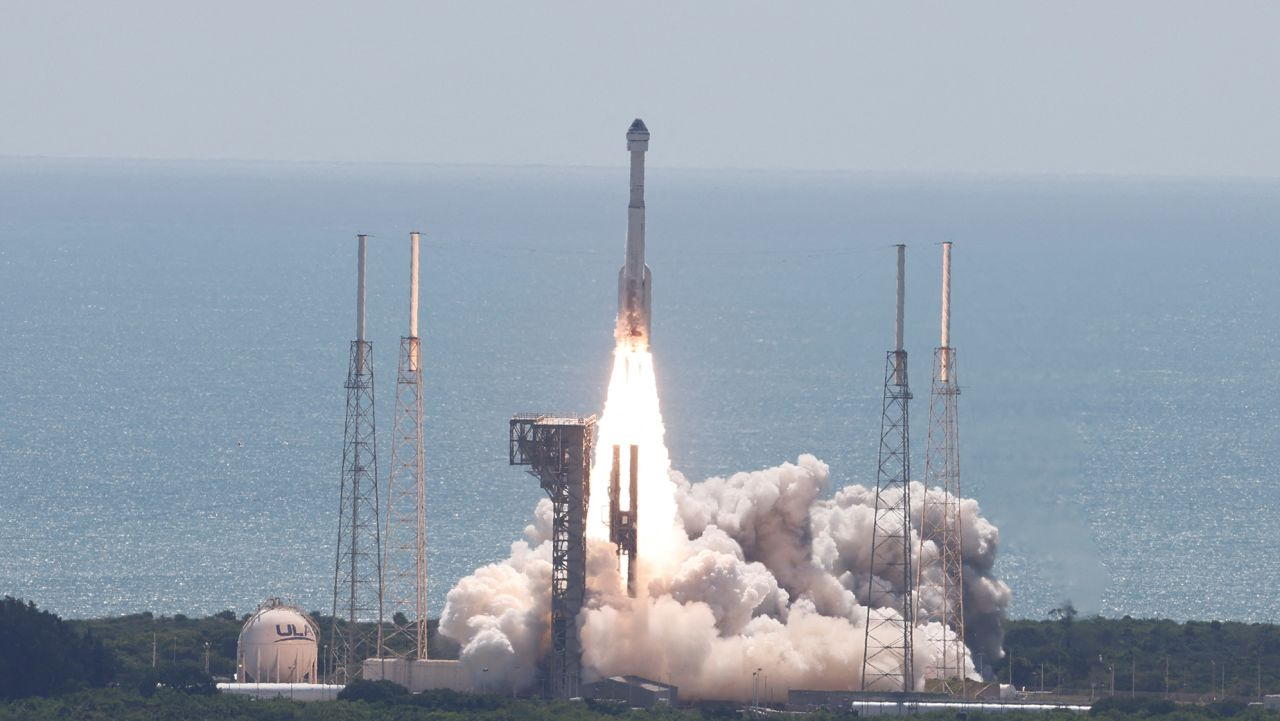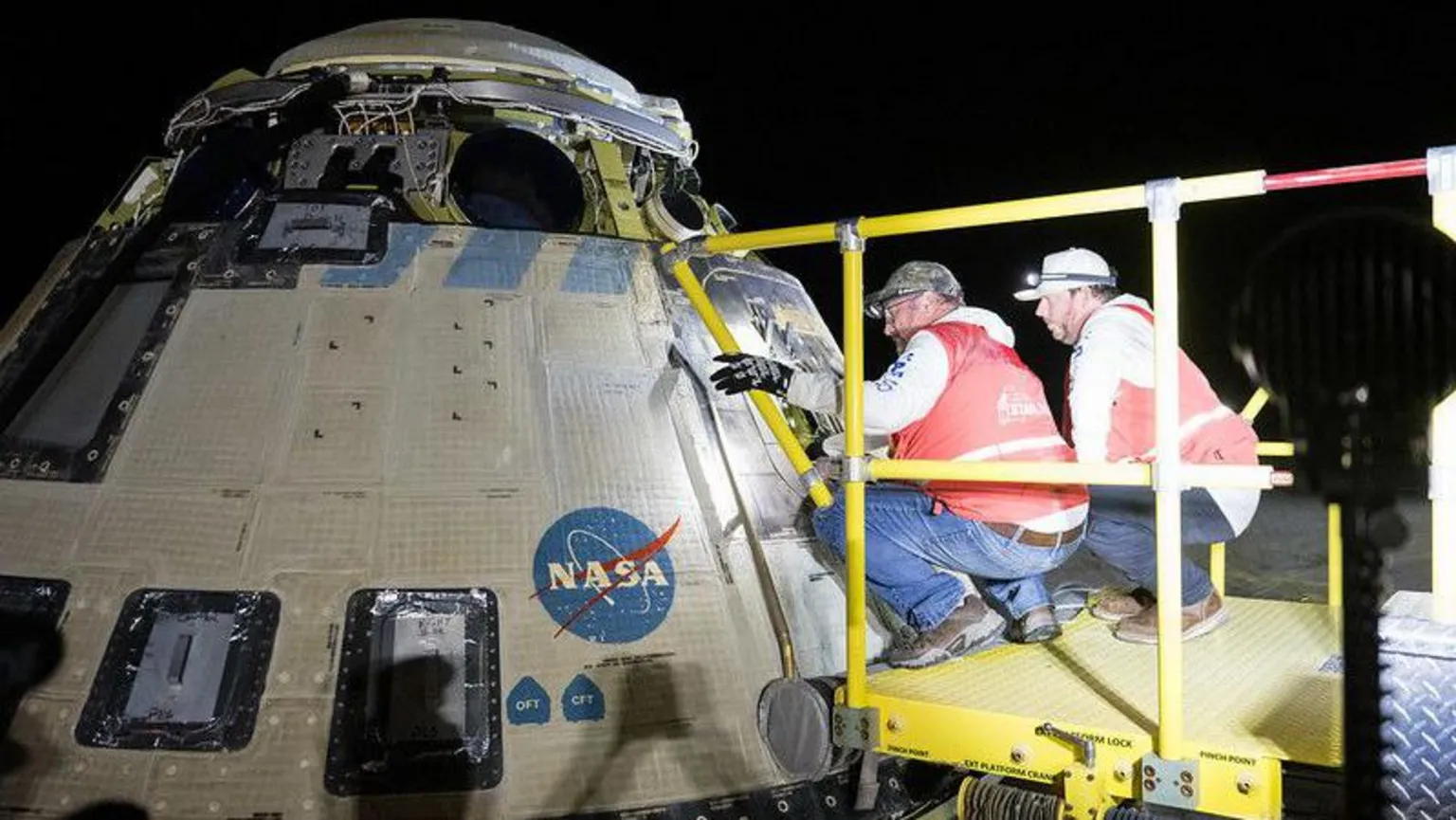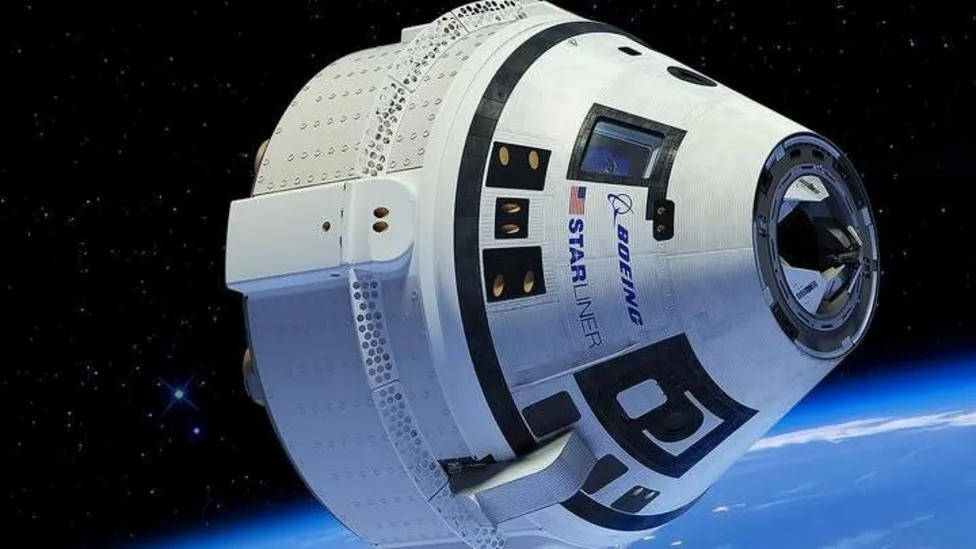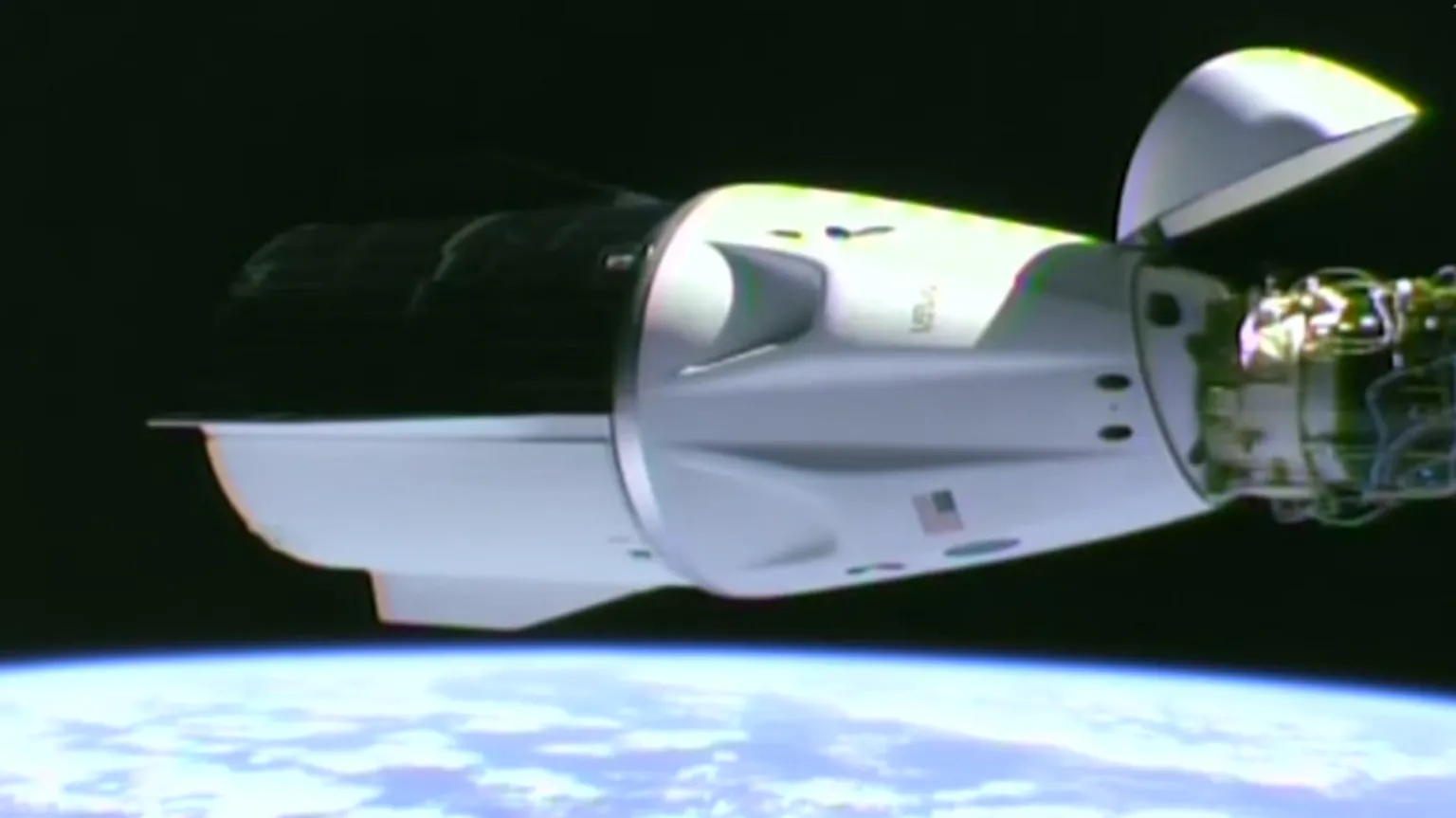|
Getting your Trinity Audio player ready...
|
The American space agency NASA has confirmed that it will begin testing Boeing’s Starliner, despite a notable setback for the platform.
NASA announced on Thursday that it “and Boeing are making progress toward crew certification of the company’s CST-100 Starliner system following the Crew Flight Test to the International Space Station (ISS).”
NASA also confirmed that “joint teams are working to resolve Starliner’s in-flight anomalies and preparing for propulsion system testing in the months ahead as NASA plans for Starliner’s next flight.”

Starliner issues
“NASA’s strategy for crew transportation is critical for assured access to space using American private industry,” said Ken Bowersox, associate administrator for Space Operations at NASA Headquarters in Washington.
“Our investment in commercial crew transportation capabilities is providing the needed flexibility to operate in space as safely as possible and respond to changes quickly when they arise,” said Bowersox. “NASA is seeing the commitment from Boeing to adding the Starliner system to the nation’s crew transportation base.”
Boeing’s Starliner had returned to Earth last September, but without its human crew, who remained on the International Space Station, after helium leaks in the propulsion system and several of Starliner’s thrusters shutting down.

It was decided that astronauts Butch Wilmore and Suni Williams, who flew in Starliner’s first crewed mission in June to arrive at the space station, should remain in orbit.
The June 2024 mission had been intended to certify Starliner for regular crewed flights, but questions were raised over irregularities in its propulsion system.
NASA and Boeing have worked on postflight data analysis from its crewed flight test. NASA said there has been a significant amount of work completed, with more than 70 percent of flight observations and in-flight anomalies being closed at program-level control boards.
The major in-flight propulsion system anomalies Starliner experienced in orbit are expected to remain open further into 2025, pending the outcome of various ground test campaigns and potential system upgrades.
Astronauts Butch Wilmore and Suni Williams eventually returned to Earth on 18 March, after a nine month stay on the ISS, instead of the expected 8 day visit.
They had returned on SpaceX’s Dragon spacecraft, which had been carrying a replacement crew to the ISS.
Boeing, NASA testing
NASA and Boeing are apparently working to finalise the scope and timelines for various propulsion system test campaigns and analysis that is targeted throughout the spring and summer.

Testing at White Sands Test Facility in New Mexico will include integrated firing of key Starliner thrusters within a single service module doghouse to validate detailed thermal models and inform potential propulsion and spacecraft thermal protection system upgrades, as well as operational solutions for future flights.
“Once we get through these planned test campaigns, we will have a better idea of when we can go fly the next Boeing flight,” said Steve Stich, manager, NASA’s Commercial Crew Program at the agency’s Kennedy Space Center in Florida.
“We’ll continue to work through certification toward the end of this year and then go figure out where Starliner fits best in the schedule for the International Space Station and its crew and cargo missions. It is likely to be in the timeframe of late this calendar year or early next year for the next Starliner flight.”
NASA is planning a crewed flight sometime in 2025 or 2026.
Two options required
The problem with Boeing’s Starliner has raised questions as to why NASA continues to stand by the company, after the two astronauts had to be rescued by Boeing’s arch-nemesis, SpaceX.

This was the latest embarrassment for the American aerospace giant, as Boeing is under intense scrutiny due to a series of widely publicised problems with its aeroplanes.
Boeing’s Starliner has also been heavily delayed, and had originally been intended to perform its first crewed test flight in 2017.
Another problem came during a failed orbital test flight in 2019. The spacecraft leaked helium on its recent outward journey, and some of its thrusters failed.
And then in August 2021 Boeing attempted a launch, but this was cancelled due to a problem with jammed valves in the spacecraft’s propulsion system.
Despite this, it is clear that NASA wants two commercially operated transport options to carry astronauts to the space station.
“The goal of NASA’s Commercial Crew Program is the development of two dissimilar human spaceflight systems to ensure crew safety and to meet the International Space Station’s need for continuous human presence aboard the space station,” said the space agency.




